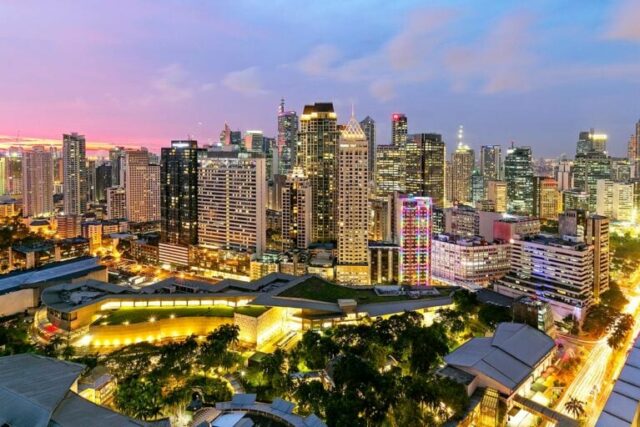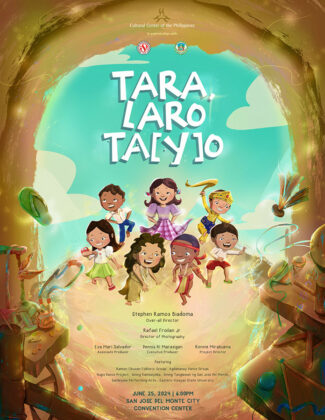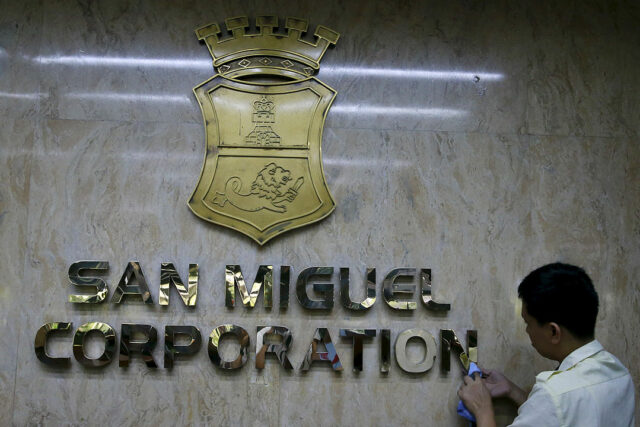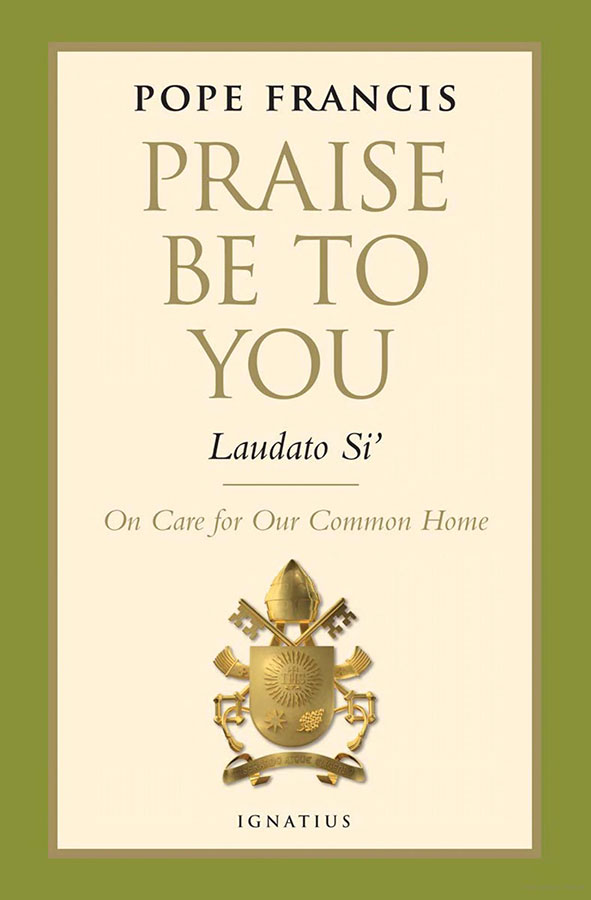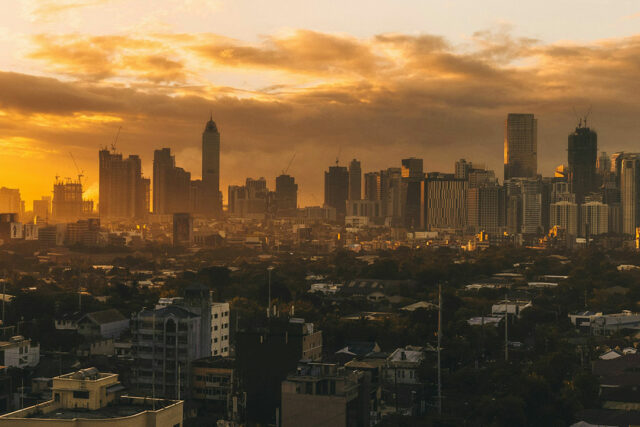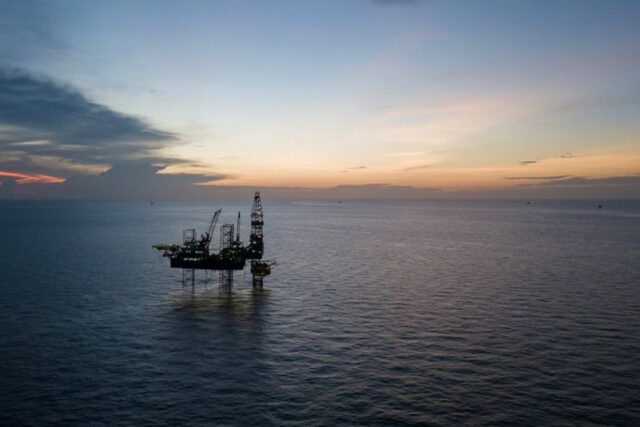Fortune lists 38 Philippine firms in debut Southeast Asia 500
FORTUNE magazine recognized 38 Philippine companies in its inaugural Fortune Southeast Asia 500 list for their contributions to the regional economy.
San Miguel Corp. (SMC) ranked ninth, followed by SM Investments Corp. (27th), Manila Electric Co. (34th), JG Summit Holdings, Inc. (55th), BDO Unibank, Inc. (57th), Aboitiz Equity Ventures, Inc. (59th), Ayala Corp. (70th), GT Capital Holdings, Inc. (74th), Jollibee Foods Corp. (86th), and Cosco Capital, Inc. (95th).
Fortune said the companies were ranked by total revenues for their latest available respective fiscal years ended on or before Dec. 31, 2023.
Other Philippine companies listed include PLDT Inc., Alliance Global Group, Inc., Robinsons Retail Holdings, Inc., Metropolitan Bank & Trust Co., Globe Telecom, Inc., Bank of the Philippine Islands, PAL Holdings, Inc., Lopez Holdings Corp., and International Container Terminal Services, Inc.
The list also named companies such as DMCI Holdings, Inc., LT Group, Inc., UnionBank of the Philippines, Filinvest Development Corp., Rizal Commercial Banking Corp., Monde Nissin Corp., China Banking Corp., Century Pacific Food, Inc., and Basic Energy Corp.
Fortune also cited Security Bank Corp., Synergy Grid & Development Philippines, Inc., Bloomberry Resorts Corp., Metro Retail Stores Group Inc., Converge ICT Solutions, Inc., Wilcon Depot, Inc., D&L Industries, Inc., Manila Water Co., Inc., SSI Group, Inc., and Digiplus Interactive Corp.
In the region, Indonesia led with 110 companies on the list, followed by Thailand with 107, Malaysia with 89, Singapore with 84, Vietnam with 70, the Philippines with 38, and Cambodia with two.
“The Fortune Southeast Asia 500 reflects a dynamic and fast-changing region — one whose core economies are growing notably faster than those of Europe or the US. This is partly due to Southeast Asia taking on far greater significance in the global economy, not least because a host of Global 500 multinationals have shifted more of their supply chains to Southeast Asian nations,” Fortune Executive Editor for Asia Clay Chander said.
Meanwhile, Singapore-based commodity trader Trafigura Group Pte. Ltd. topped all Southeast Asian companies on the list with $244 billion in revenue, followed by Thai oil and gas provider PTT Public Company Ltd. with $90.42 billion, Indonesian oil and natural gas company Pertamina at $75.79 billion, Singaporean agricultural company Wilmar International Ltd. at $67.16 billion, and Singaporean agribusiness company Olam Group at $35.95 billion.
Completing the top ten were Indonesian electricity distributor Perusahaan Listrik Negara with $32.01 billion, Thai convenience store operator CP All Public Co. Ltd. with $26.49 billion, Singaporean electronics manufacturer Flex Ltd. with $26.42 billion, and Singaporean financial services company DBS Group Holdings with $25.61 billion.
“The Fortune Southeast Asia 500 debuts right as global business is starting to pay closer attention to the region. Southeast Asian economies are benefiting from supply chain diversification as rapid domestic development builds the next wave of global middle class consumers,” Fortune said.
Sought for comment, AP Securities, Inc. Research Head Alfred Benjamin R. Garcia said in a Viber message that the top ten on the list mainly consist of oil and gas companies, as well as agricultural commodity enterprises.
“The ranking further reflects the reality that the Philippines is a consumption-driven economy rather than a production-driven one,” he said.
Asked about the country’s ranking compared to its neighbors, Mr. Garcia said this is indicative of a “more vibrant small and medium enterprise (SME) environment.” “The business environment here is more fragmented than our neighbors. That could be a negative in the sense that a lot of companies don’t reach economies of scale. But it could also be taken positively in the sense that we might have a more vibrant SME environment here in the Philippines compared to our neighbors,” he said.
Companies included in the inaugural Southeast Asia 500 join an elite group of firms recognized under the Fortune 500 franchise, which spans the original Fortune 500, the Fortune Global 500, the Fortune Europe 500, and the Fortune China 500. — Revin Mikhael D. Ochave

